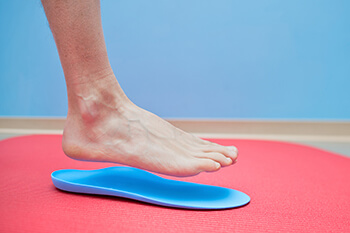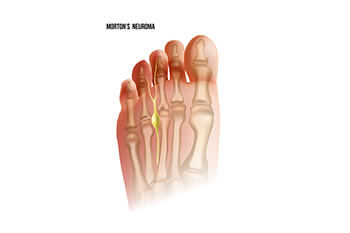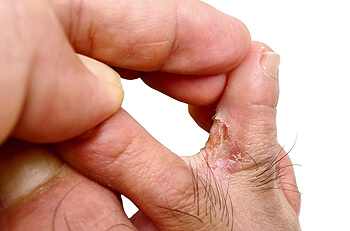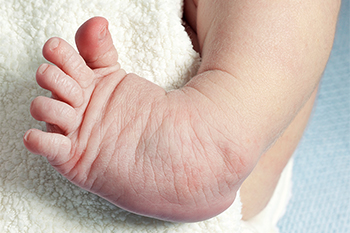
There are specific foot conditions that may require patients to wear orthotics. They can range from having flat feet to other abnormal foot structures. Orthotics are defined as custom-made inserts for shoes and are designed to correct certain foot ailments. Having foot or heel pain may guide a patient toward inquiring about orthotics, and this information is often provided by a podiatrist. This type of doctor will perform a foot examination that can reveal existing deformities. This can be followed by having a conversation about current activities that are performed, which may help to determine the cause of the pain. Medical conditions that may improve by wearing orthotics can include arthritis, bunions, flat feet, and hammertoe. There are various types of orthotics that can be worn, and it is suggested that you confer with a podiatrist who can determine if this is the best course of treatment for you.
If you are having discomfort in your feet and would like to try orthotics, contact one of our doctors from New England Foot & Ankle . Our doctors can provide the care you need to keep you pain-free and on your feet.
What Are Orthotics?
Orthotics are inserts you can place into your shoes to help with a variety of foot problems such as flat feet or foot pain. Orthotics provide relief and comfort for minor foot and heel pain but can’t correct serious biomechanical problems in your feet.
Over-the-Counter Inserts
Orthotics come in a wide variety of over-the-counter inserts that are used to treat foot pain, heel pain, and minor problems. For example, arch supports can be inserted into your shoes to help correct overarched or flat feet, while gel insoles are often used because they provide comfort and relief from foot and heel pain by alleviating pressure.
Prescription Orthotics
If over-the-counter inserts don’t work for you or if you have a more severe foot concern, it is possible to have your podiatrist prescribe custom orthotics. These high-quality inserts are designed to treat problems such as abnormal motion, plantar fasciitis, and severe forms of heel pain. They can even be used to help patients suffering from diabetes by treating foot ulcers and painful calluses and are usually molded to your feet individually, which allows them to provide full support and comfort.
If you are experiencing minor to severe foot or heel pain, it’s recommended to speak with your podiatrist about the possibilities of using orthotics. A podiatrist can determine which type of orthotic is right for you and allow you to take the first steps towards being pain-free.
If you have any questions, please feel free to contact our offices located in Wakefield, MA, Nashua and Derry, NH . We offer the newest diagnostic and treatment technologies for all your foot care needs.





